
Are you experiencing any of the following ?
If yes, you could be one of the many women suffering from uterine fibroids.
• Heavy menstrual periods
• Pain between and/or during periods
• Difficulty or frequent urinating
• Pelvic pain or pressure
• Constipation
• Pain during and/or after intercourse
• Back or leg pain
• Distension or bloating
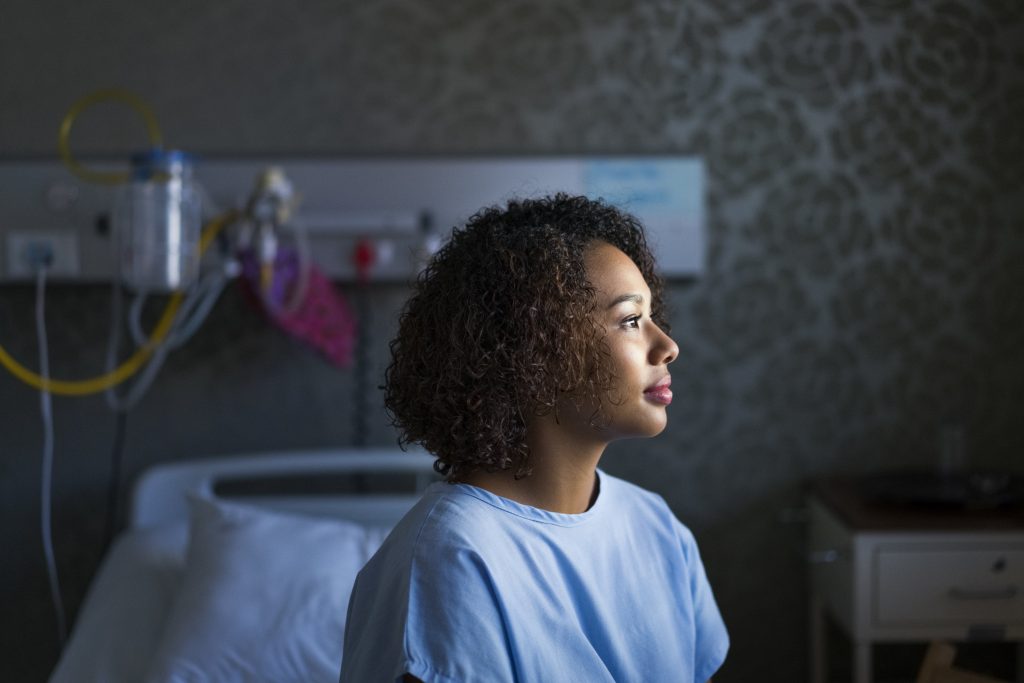
Request a FREE phone screening to find out if you are eligible for fibroid treatment without surgery.
"*" indicates required fields
Fibroids Overview
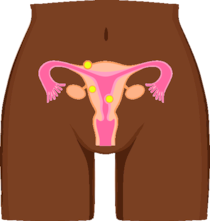
What are Fibroids?
Fibroids are non-cancerous growths in the uterus, or womb. Fibroids develop from the smooth muscular tissue of the womb. They may grow slowly or quickly, or they may simply stay the same size. However, if they get too large, they may start causing the painful and life-altering symptoms listed above.
Who Can Get Fibroids?
Fibroids are very common. As many as 3 out of 4 women will develop fibroids during their lifetimes. Most are unaware they have fibroids. Sometimes, doctors will accidentally discover fibroids during a routine pelvic or pregnancy exam. A doctor may recommend a patient to a specialist to treat uterine fibroids.
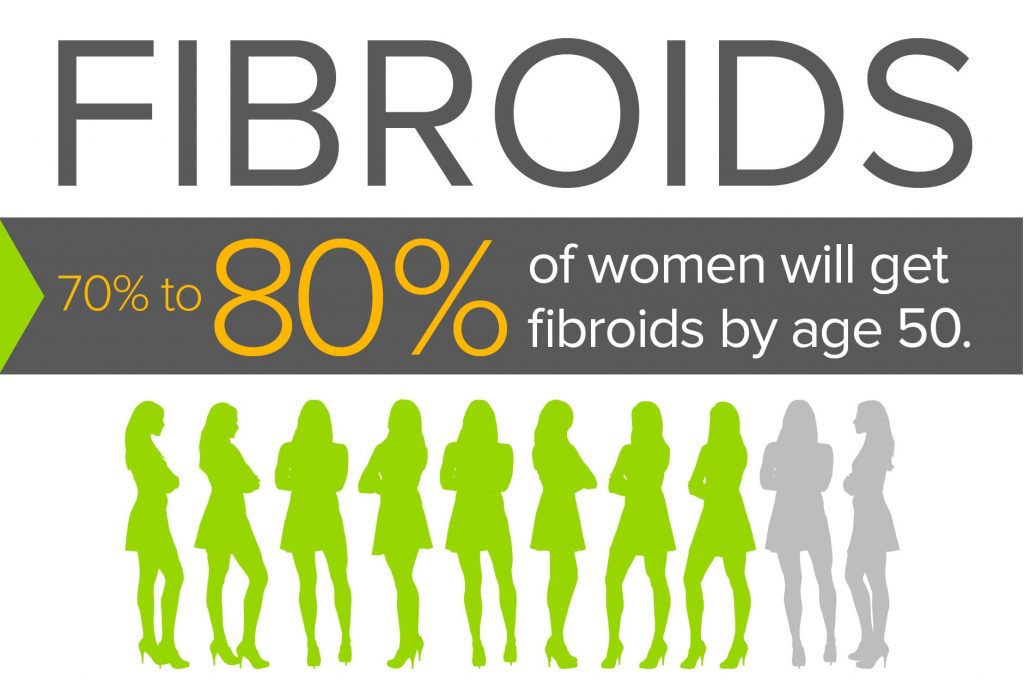
Diagnosing Fibroids
The specialists at Fibroid Institute Dallas are experts at accurately and quickly diagnosing fibroids. Telehealth options are available. A physical exam and vaginal access is not required. After reviewing your medical history and discussing your symptoms at your consultation appointment, an ultrasound imaging test will determine whether or not you have fibroids. In some cases, you may also need an MRI.
Our practice is 100% focused on fibroids. Experience matters.
Risk Factors for Fibroids
Fibroids are commonly associated with the following factors:

Women Ages 30-50
Fibroids tend to appear most commonly in women in this age range.

Black Women
Black women are at a higher risk for fibroids.

Mother with Fibroids
If your mother had fibroids, it increases the chance of you having fibroids.

Unbalanced Diet
Eating a lot of red meat and ham but not many vegetables.
Uterine Fibroid Embolization (UFE)
A Non-Surgical Treatment for Fibroids
Our number one patient-preferred treatment option is Uterine Fibroid Embolization (UFE). This state-of-the-art procedure requires no surgery, no incision, and no vaginal access. See why UFE is the right choice for you to become Fibroid Free and take your life back:

Patient Preferred
Uterine Fibroid Embolization stops blood supply feeding the fibroids so it is unnecessary to remove the uterus.
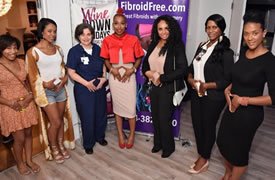

Minimally Invasive
While the patient given medication to feel sleepy and comfortable, UFE is done through a puncture the size of a grain of rice. It heals with almost no scarring.
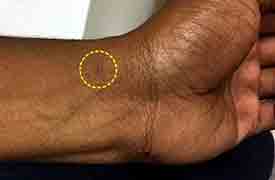

Quick Recovery
The recovery time is just 7-10 days, shorter than a hysterectomy, so you can get back to your life and work quickly and with less pain.

Covered by most major insurances and Medicare.
Direct access to fibroid doctors. Unmatched, highly specialized patient care.
Dr. Slonim and Dr. Chan are board-certified Interventional Radiologists, trained to perform minimally invasive procedures with x-ray guidance.
The doctors have completed more than 40,000 interventional radiology cases over the course of 30+ years, making them extremely qualified to serve patients with concierge-level care at Fibroid Institute Dallas. They are highly experienced UFE specialists at a practice that is 100% focused on fibroid issues.
Find out why so many women turn to Drs. Slonim, Chan, and the Fibroid Institute Dallas team, for non-surgical uterine fibroid treatment in Dallas/Fort Worth and all of North Texas.
“When you need treatment for your fibroids, you want a fibroid doctor you can talk to. You want someone who understands you. You want someone you can trust. We are going to take the time to explain everything, tell you all the alternatives, and answer all your questions. We’ve helped thousands of women bothered by fibroids. We are on your side.”
Esther is a board-certified nurse practitioner with specialization in vascular interventional radiology. She has been a critical care and interventional radiology nurse for most of her career.
With more than 20 years of experience as a nurse, Esther has a passion for interventions that provide relief to patients and help them regain their health. Her experience and advanced level of training make her an essential part of our UFE treatment team.
“Giving the best possible care for your fibroids is our goal. That’s why we recommend a minimally-invasive treatment, uterine fibroid embolization (UFE). This entire procedure is performed through a tiny puncture. There is no vaginal access. Since normal recovery time is only 7-10 days, you can get back to your life quickly and with less pain!”
Frequently Asked Questions
Here are a few questions that come up regularly about fibroid treatment:
Do All Cases of Fibroids Require Treatment?
No. Treatment is only required in 10% to 20% of fibroid cases. Most fibroid cases don’t cause any symptoms.
How Do I Prepare for the UFE Procedure?
We will carefully explain what the instructions are before the procedure, and we’ll provide you with written instructions too.
Can This Prevent a Hysterectomy?
Yes. The UFE procedure may reduce the need for hysterectomy substantially. 1/3 of all hysterectomies in the U.S. are linked to fibroids.
What If I Feel Anxiety Before the Procedure?
A mild sedative is given an hour before the procedure to help you relax. This helps ease nerves considerably.
Can I Have UFE If I Still Want to Get Pregnant?
It is possible to have a normal pregnancy, normal delivery, and normal baby after having the procedure. However, there is a small amount of evidence that suggests a slightly higher miscarriage rate if you have a UFE. If given the option to have another treatment for your fibroids, that may be safer until further data is available about pregnancy after UFE. If a woman has been told that hysterectomy is her only treatment option, we would be happy to discuss the possibility of UFE with her.
Patient Testimonials
See and hear how UFE has improved the lives of our patients: